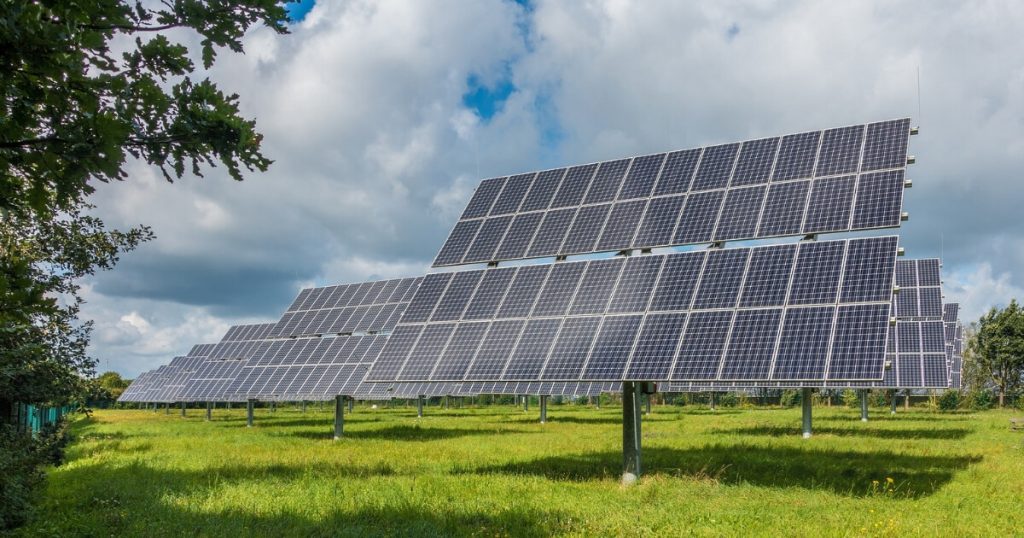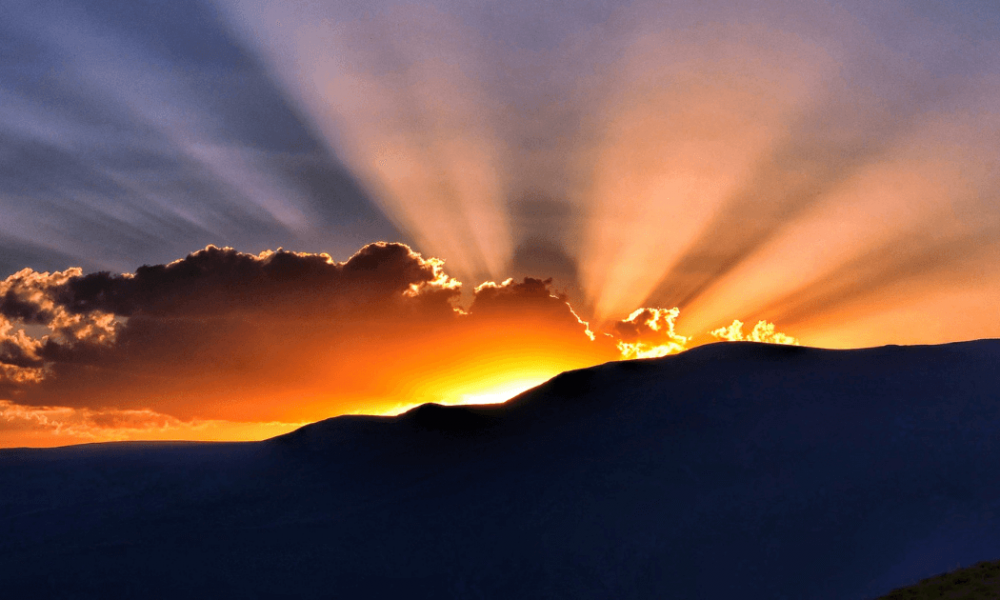Are you reluctant to go green so you’re looking for solar disadvantages in Hawaii? Or maybe you’re not convinced that investing in renewable energy is the best way to save and help preserve the environment.
Regardless of the reasons why you’re searching for solar disadvantages in Hawaii, here are the most common drawbacks that are real, but they’re still not a good enough reason not to go green in 2019.

1. The cost of going green is one of the biggest solar disadvantages in Hawaii
Yes and no. The truth is, going solar does come at a hefty initial cost, but the financial benefits are well worth it!
Once you invest in your own solar system, you’ll be able to start saving money right away, even as you’re paying back a solar loan.
While this is considered to be one of the biggest solar disadvantages in Hawaii, the thing is that buying your own system will help you save a lot of money in the long run, all the while the installments you’d pay for solar installation will still be less than you’d pay for a monthly bill.
2. A solar PV system will still pollute the environment
In part, this is actually true. The manufacturing of solar panels and their transportation to your home are indeed, associated with pollution. However, the traditional ways of generating electricity pollute our planet much more than their green alternative!
3. Solar panels are only efficient when the Sun is shining
This is just a myth. Many people believe that, because they’re called SOLAR panels and because they work thanks to the energy harvested from the Sun, solar panels are only efficient if the weather is good. While the efficiency of a PV system does depend a lot on the weather, that’s not to say that you cant produce electricity on cloudy days in Hawaii.
4. Not everyone has enough space to get a residential solar system
Installing a solar PV system typically requires you to have enough space on your roof to install a sufficient number of panels that would accommodate your electricity consumption needs. However, this isn’t really a disadvantage. In fact, you don’t always need to install your panels on the roof, you can always install them in your backyard – if you have the space. As long as they’re face up so they can “see” the Sun, you should be able to have no trouble going solar, even if you have a small roof.
BONUS: If I can’t afford to go green now, there’s always next year
All the solar disadvantages in Hawaii can’t compare to the benefits of going green. And that said, you should know that 2019 is the last year for the full 30% credit!
Starting 2020, the solar tax credit will drop to 26% and in 2021, it will drop even more. Starting 2022, the residential portion of the solar tax credit will be gone entirely so, if you really plan on going solar, the best time to do it is right now!

